Rubens and ‘Rubenism’
‘Rubens and His Legacy: Van Dyck to Cézanne’ at the Royal Academy is the first major exhibition in the UK to examine Rubens’ influence on art history. Bearing in mind that over the centuries there has been so much criticism of his work – particularly among artists – it’s fascinating to focus on his true legacy. What this exhibition is really trying to do is to uncover the true meaning of ‘Rubenism’. Not many artists have themselves become an ‘ism’ as Rubens has. Rather oddly though what we have come to understand by this term are the buxom overweight women that populate so many of his works. The curators have attempted to demonstrate that ‘Rubenism’ is so much more than that. In support of their proposition that although he was no innovator, Rubens has reshaped art history, they have organised his extraordinary legacy into various themes that include: Poetry, Elegance, Power, Lust, Compassion and Violence.
Artist, decorative painter, sculptor, architect, intellectual, humanist scholar and diplomat, Peter Paul Rubens (1577 – 1640) was a truly exceptional superstar and towering Renaissance man. When he wasn’t brokering peace between warring powers (and being knighted for his successes), he was churning out a vast output of monumental works that were much sought after in his lifetime. Having spent some time in Italy as a young man and later travelling the courts of Europe as both artist and diplomat, Rubens was highly versed, not only in the language of antiquity but also of the Italian Renaissance. As a great master he was therefore in an excellent position to straddle both the Renaissance and the Baroque; and perhaps he was both the last of the former and pioneer of the latter.
Rubens – Propagandist of the Counter Reformation
Although born and brought up a Calvinist, the ambitious Rubens quickly realised that his career options would be greatly enhanced by becoming a servant of the Catholic establishment. The Roman Catholic Church and interlinked Catholic kingdoms were after all the main patrons of art in 17th century Europe. The goal of much of the art of the time was to reassert the dominance and centrality of Catholicism in the face of the growing Protestant threat. The propagandist potential of the arts was well understood by the Catholic Church and was openly articulated some decades earlier at The Council of Trent, which set out the roles that would be played by architecture, painting and sculpture. The Baroque movement was the extraordinarily successful and pervasive cultural response to the Catholic establishment’s call to arms, and was powerfully represented in the work of Rubens.
It was in this heavily ideologised environment that Rubens, particularly with his powerful and influential altarpieces, rapidly became one of the greatest propagandists for the Counter Reformation. In this sense the curators’ choice of ‘Compassion’ as the title for Rubens’ distinctly propagandist religious output, is just fanciful artistic license. The truth is that Rubens’ great altarpieces were not motivated by ‘Compassion’ but were as propagandist as Stalin’s Socialist Realism, albeit both more successful in aim and more skilful in execution.
Rubens – Defender of Absolutism
Rubens’ skills as a master propagandist can also be witnessed to powerful effect in his work for the powerful rulers of Europe. Hand-in-hand with the European Catholicism of the time was the belief in political absolutism. After all both the Catholic church and Catholic kingdoms were struggling against the same forces that challenged the old order of centralised and hierarchical power. A canny self-promoter, Rubens knew where his bread was buttered, becoming a great defender of absolutism, and very much the premier go-to man for mega money and mega power. Attracted by his unrivalled marketing and branding skills, the princes of Europe competed with each other for Rubens’ services both as the quintessential artist and diplomat.
Banqueting House, Whitehall, London. Rubens’ painted ceiling. Central canvas depicting the Apotheosis of James I (c) The Banqueting House Whitehall Palace, Historic Royal Palaces; Supplied by The Public Catalogue Foundation
A striking example of his abilities in this genre are the monumental series that he produced for the Queen Mother of France, Marie de Medici and also for James I of England. Sadly these enormous works that are at the Louvre and the Banqueting House, are absent from the exhibition, but are depicted in a video. Rubens utilises his knowledge of the classical allegory and his mastery of political psychology to masterfully create a heroic epic of Olympian proportions, of what was in reality the rather tawdry soap opera life of the Queen, (the final chapter of her insalubrious career, when she finds herself kicked out of France by her son and destitute, was of course not depicted in the series). This was the language of triumph; an iconography of Roman origin that Rubens was expert in depicting. Rubens as the father of decorative painting (not explored in this exhibition), was also undoubtedly a great populariser of the kind of Baroque wall-paper of sensual naked gods floating on clouds – taken up by the likes of Antonio Verrio in England – that became de rigeur in many a palace and country house.
Even more impressive in these works are the apotheosis themes of both Henry IV and James I. Rubens skilfully merged Christian ideas of ascension with pagan ideas of apotheosis. The extraordinary thing is that the Catholic Church not only did not mind the obviously profane and even heretical implications of this idea, but actively colluded with it in their determination to uphold their rigidly centralised organisations of power. But how deeply depressing these scenes must have been to the ordinary people who observed them. In complete negation to the Church’s promise of an egalitarian afterlife, these awe inducing images of kings being carried aloft by weeping angels, seem to promise more of the same injustices for all eternity. What a con!
Rubens’ complete collusion with European despots, as deeply unfashionable as that was gradually to become, perhaps partly explains his later unpopularity with some artists. Unprecedentedly Rubens himself became a key member of the establishment. And nothing demonstrates this better than the fact that he was knighted not only by both Philip IV of Spain but also Charles I of England. Indeed the great ‘Prince of Painters’ very much lived the princely life. Rubens was able to amass great wealth and could afford to design and build himself a grand villa in the Italian style in Antwerp (today’s Rubenshuis Museum), in addition to a picturesque moated castle outside the city.
But Rubens not only depicted the great kings of his day. Having learned from Titian the art of portraiture, he certainly had the knack of making powerful aristocrats look the part. A formula that included swags of back-cloth, fragments of classical columns, costumes rich in colours and ornamented with jewels. Rubens’ pupil Van Dyke, and then Reynolds, Lawrence and others enthusiastically took up the baton. The curators of this exhibition have certainly proved their point that after Rubens, portraiture was never going to be quite the same.
Rubens – Entrepreneur, Impresario and Merchandiser
Rubens has often been compared to Warhol as a consequence of his workshop of partners, assistants and pupils, that was based at his large house in Antwerp. But the truth is that in contrast to Warhol and the conceptualists of today like Damien Hirst, Rubens was not only entrepreneur, impresario and merchandiser, but also primary creator. He skilfully used specialists to work on say battle scenes or animals and demanded a premium for works exclusively by himself. His most famous pupil was the young Anthony van Dyck, who honed his great portraiture skills at Rubens’ side. Furthermore, as a savvy operator, Rubens deliberately created an international awareness of his work by cultivating relationships with the best print makers around. Rubens himself had understood the importance of disseminating his brand by the production of printed engravings, and nearly his entire output of work was reproduced in this way, ensuring his fame and reputation.
Rubens – the Legacy
Perhaps it was Rubens’ clever marketing and entrepreneurialism along with the impressive scale, breadth and weight of his output that has most ensured his lasting legacy. A legacy that is all the more remarkable when you realise that artistically he was no innovator. Subsequent artists may not have approved of his collusion with the establishment, his conservative political views, his taste in the superficial aspects of life, but they could hardly ignore this great powerhouse of a man in all his omnipresence. Unlike his great pupil Van Dyke, he was no single-genre man, concentrating on say portraits alone. Whether you liked it or not he was ‘the painter’s painter’, effortlessly working in multifarious genres and scales. And so it was that court painters took up his allegorical work until allegory became unfashionable; Spanish artists were influenced by his religious output; the British were interested in his landscapes and portraits; the British and French learned from the brilliance of his palette; 18th century French artists developed the incipient rococo themes of his work; and 19th century French Romanticists deferred to the master’s depiction of impressive violence and even Orientalism.
It is because it is billed as a great blockbuster of a show however, that I couldn’t help being more than a little disappointed by this exhibition at the Royal Academy. And so may you be, if you expect to see lots of gorgeous Rubens paintings. In fact only a fifth of all the works on display are by Rubens and half of those are prints. Unbelievably there are only six major Rubens paintings on display. A film projection of some of his larger works was gripping, but I could have watched that comfortably at home. The feeling of deflation begins as you enter the first room of the exhibition and frantically search the walls for a Rubens painting and find plenty of Constables, Turners and Gainsboroughs instead. And then finally there it is! One small unprepossessing painting of some trees, making the point that Rubens has even had an impact on the landscape genre. The curators appear to be saying “bet you weren’t expecting that!” And they’d be totally correct. But I think the abstruse points could have been made with an informative sign on the wall, and we could have had some more Rubens to look at. Before you get all worked up about the amazing legacy, you’ve got to present the man himself. Don’t you?
If the disappointments begin in the very first room, as you enter the very last you feel as if you have just walked off a cliff, or already stumbled into the gift shop. After communing with gods, kings and heroes, dazzled by riches and exoticism and supping on champagne and caviar, you are then confronted by Sarah Lucas’s Two Fried Eggs and a Kebab (1992), described by academician and YBA Jenny Saville (who has curated this room) as “the great nude of the end of the 20th century”.
Before you reach this room, the proposition of Rubens as the giant upon whose shoulders many subsequent great artists stand, seems well established by this nevertheless deeply flawed exhibition. But the connection with contemporary conceptualists seems far too remote to accept.
Charles Baudelaire justifiably considered Rubens’ work to be like witnessing a firework display. This exhibition by contrast is a bit of a damp squib.
Rubens and His Legacy at the Royal Academy of Arts (www.royalacademy.org.uk until April 10, 2015) is the first major overview of the work and legacy of the “prince of painters”, Peter Paul Rubens. The remarkably far-reaching legacy of this master is also fascinatingly explored with the display of major works by great artists including Rembrandt, Picasso, Van Dyck, Delacroix, Constable and Gainsborough.
The exhibition is accompanied by a fully illustrated catalogue. This stunning book surveys both Rubens’ own magnificent work as well as his immense impact on artists well beyond his time, including Cezanne, Van Gogh and Picasso among many others.
To order the catalogue at our insider price please visit GDC interiors bookshop on Amazon






















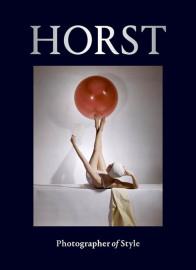
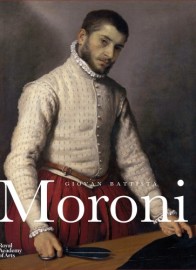
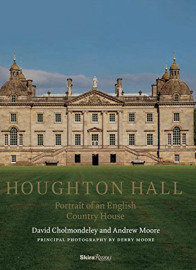
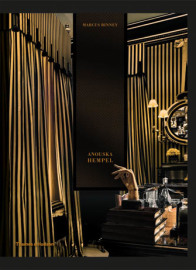
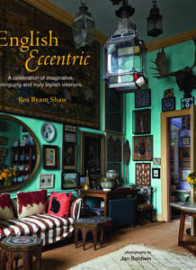
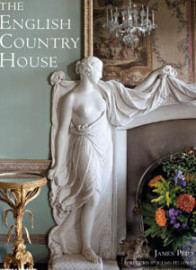
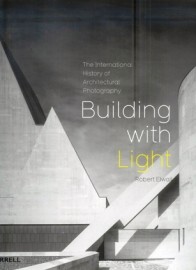
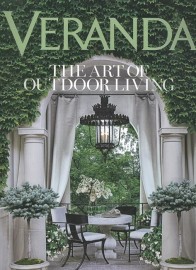
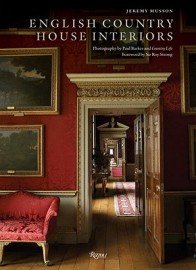
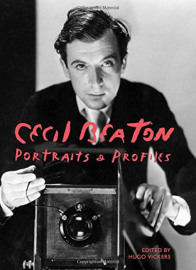
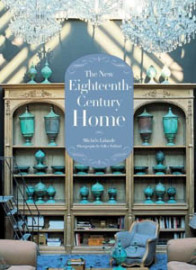
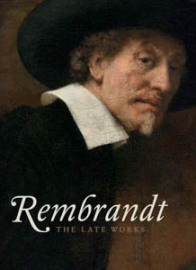
Enjoyable sandwich!, 2 spicey videos and a good meaty filling
It would appear, more satisfying than the full meal on offer at the actual exhibition !